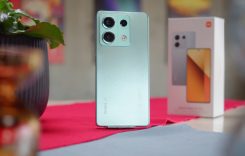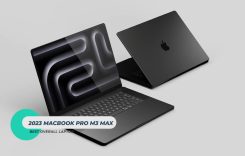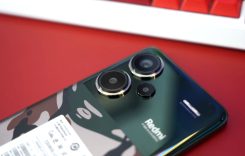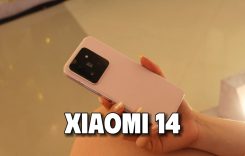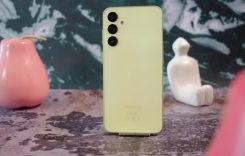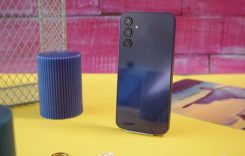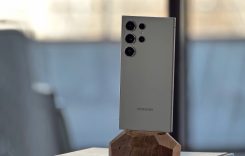The HTC U23 Pro is a phone with medium-level specs that you’d expect from a mid-ranger. What draws the attention here is the 120Hz OLED display and the 108-megapixel camera with OIS.
Design and build
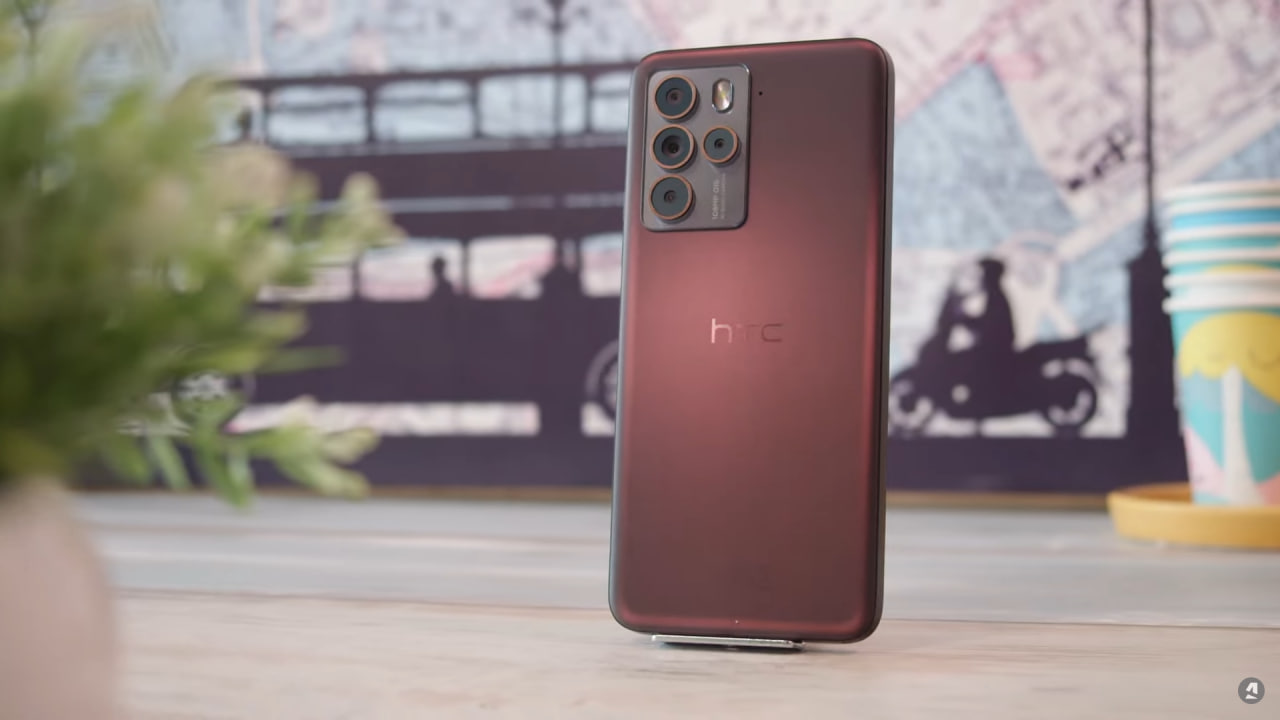
The U23 pro has a soft and velvety finish with a slight metallic Sheen; it also collects smudges quite easily. It feels sturdy in hand even though, rather than more premium materials, HTC has gone with plastic. Still, the U23 Pro does bring Ingress Protection rated at IP67 — that’s great to have, especially in a mid-ranger. You also get an RGB notification LED here, something all the rage a few years ago but quite rare nowadays.
Dowload interesting ringtone for your phone: ringtonesonic.com
Display on HTC U23 Pro
The display of the phone is a 6.7-inch OLED with a 1080p resolution, a 120 hertz refresh rate, and Victus protection. The display is sharp and contrasty; you get vibrant colors here, and they tend to pop regardless of the color mode you choose.
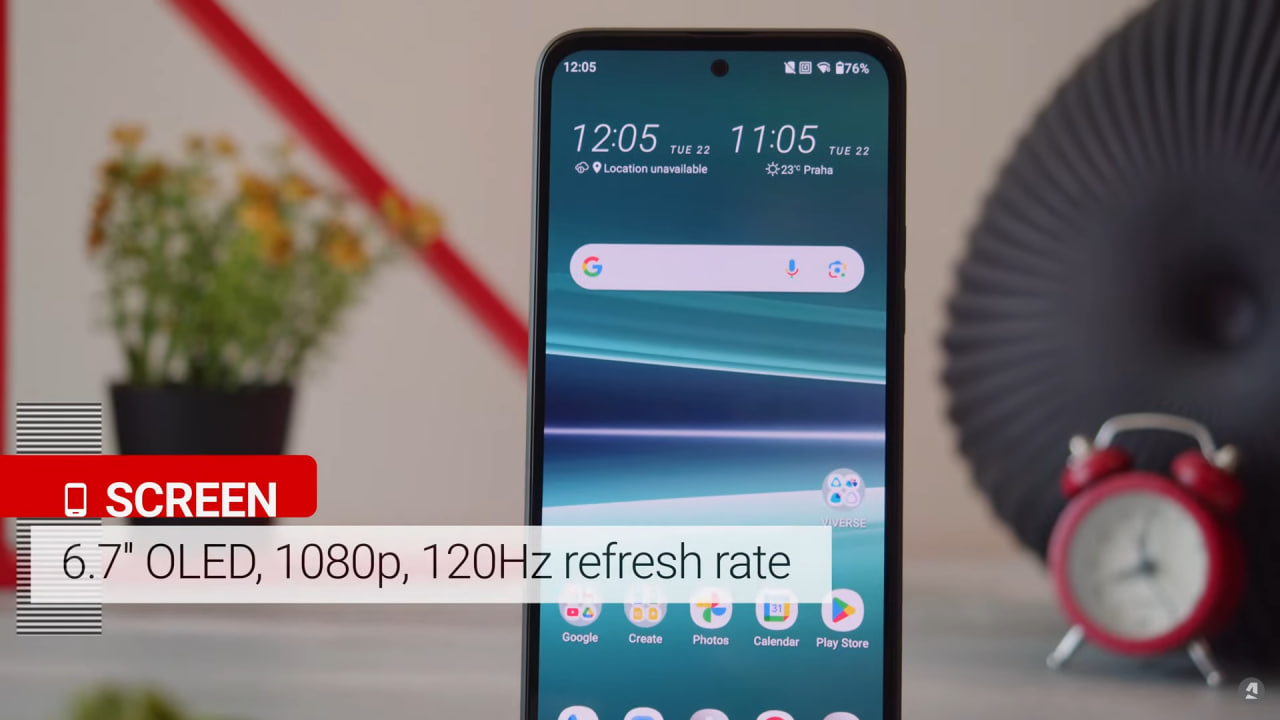
There’s no support for HDR video, and one thing we noticed was how thick the bezels around the screen are. The max brightness of the display is decent; we measured 725 nits with the manual slider. However, this doesn’t boost any brighter when auto mode is enabled.
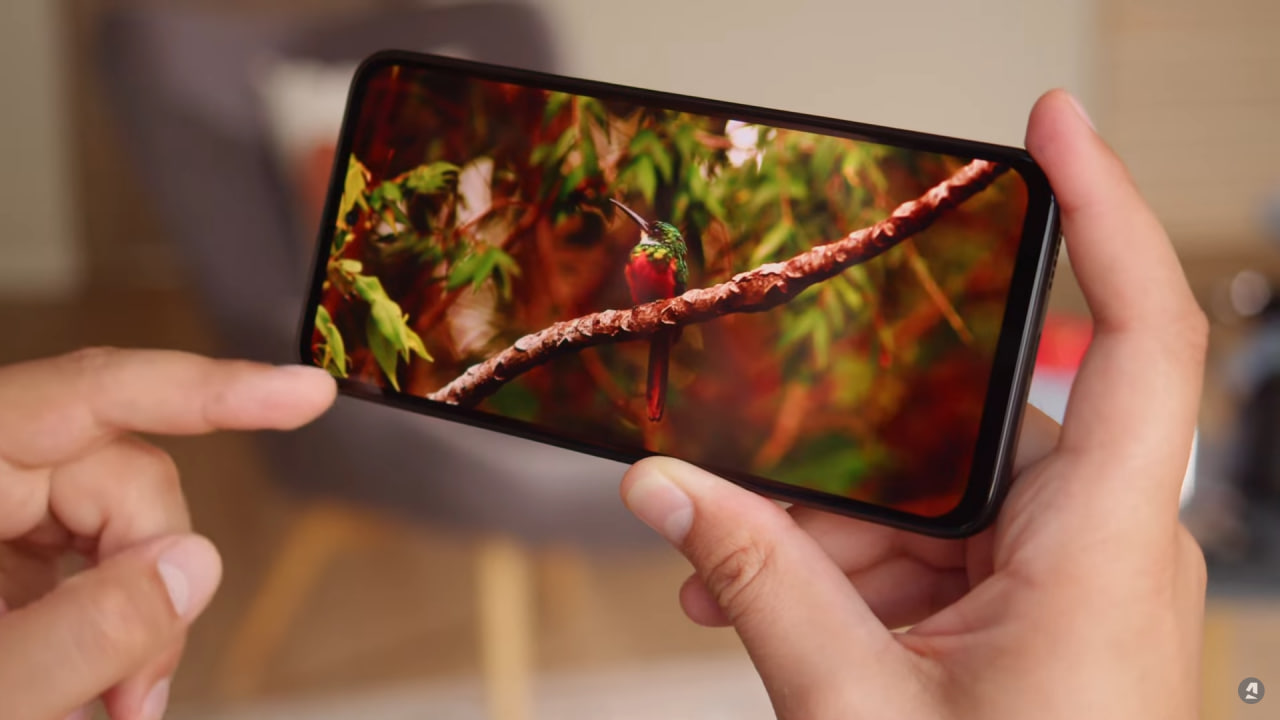
As for the refresh rate, you get a 120 hertz to smooth out your swiping and scrolling. However, with the high refresh rate mode enabled, it will push 120 whenever possible and won’t dial down to save energy.
Audio
For audio, the HTC U23 Pro has a headphone jack and just a single bottom-firing speaker. The speaker’s loudness is very good, though, and the output is clean. You can listen for yourself through the provided link. You can wake up and unlock the phone using the side-mounted fingerprint reader built into the power button. However, it isn’t the most accurate, and the unlock animation is a bit slow.
Storage and feature
Storage on the U23 Pro is expandable through a microSD card on top of the 256 gigs built in. The interface of the phone is a near-stock Android 13, which is quite clean and minimalistic. Everything is pretty standard besides a few minor details here and there. For example, in the task switcher, there’s a screenshot button instead of clear all. Little changes like this are scattered throughout the UI.
You also get a handful of pre-installed HTC apps, but these are organized within a folder and easy to ignore or uninstall.
Chipset on HTC U23 Pro
The HTC U23 Pro runs on a Snapdragon 7 Gen 1 chipset, which is relatively new from last year. In benchmarks, the phone does a decent job. It doesn’t blow anyone away but keeps up with the mid-range competition. In day-to-day use, the U23 Pro feels quite smooth.
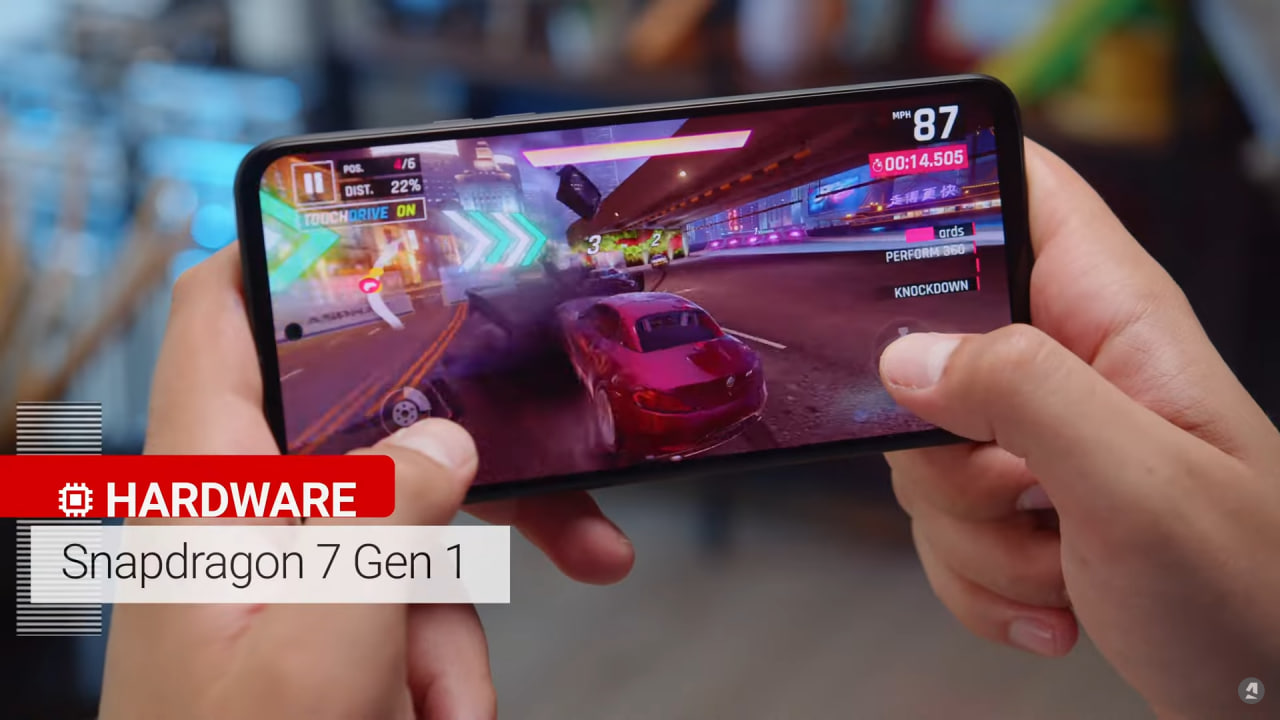
The CPU did throttle heavily during our prolonged stress test, though, losing almost 50 percent of its performance. This brought it down to the level of say the Snapdragon 685. So, this phone may not be a great choice for the gaming crowd.
Battery life
The HTC U23 Pro packs a 4600 milliamp-hour battery, and battery life isn’t very impressive. It was able to score an endurance rating of just 83 hours in our tests, which falls behind most other mid-rangers.
Perhaps taking a cue from manufacturers like Samsung, HTC doesn’t include a charger with this phone. There’s support for 30-watt charging, and with the proper adapter, we were able to charge the phone from zero to sixty percent in half an hour. Not bad.
Camera
Now we’ve come to the cameras which include a 108-megapixel main cam with OIS, an 8-megapixel Ultra wide cam, a 5-megapixel macro camera, and a depth sensor. The main cam produces 12-megapixel photos by default due to pixel binning. These look decent but unimpressive. The colors are nice and natural, but finer details look soft on many of the samples we took.
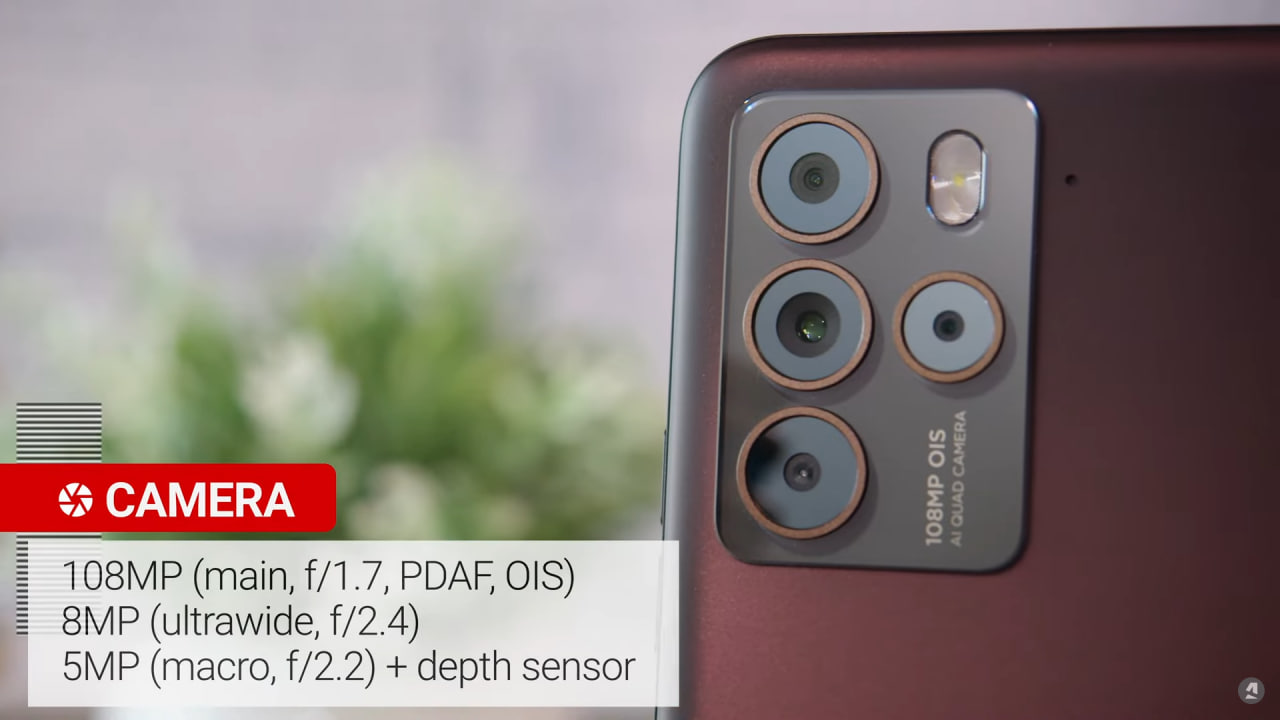
The shots are a bit on the contrasty side, and the dynamic range is more narrow than we would like with dark shadows. 2x digital Zoom from the main cam isn’t bad. The shots look similar to the regular photos in terms of quality.
Portrait mode photos aren’t great. The subject detection and separation are far from perfect, which is odd since there is a dedicated depth sensor. In low light, photos from the main camera are noisy and soft. The contrast is too high, and light sources and highlights end up blown out or clipped.
There is a dedicated night mode you can toggle on, which cleans up noise and brightens things up a bit. There’s less contrast, and light sources are handled better. 4K video from the main cam has good detail and low noise. The colors could be a bit more lively, and you can run into some dark shadows and blown-out highlights.

